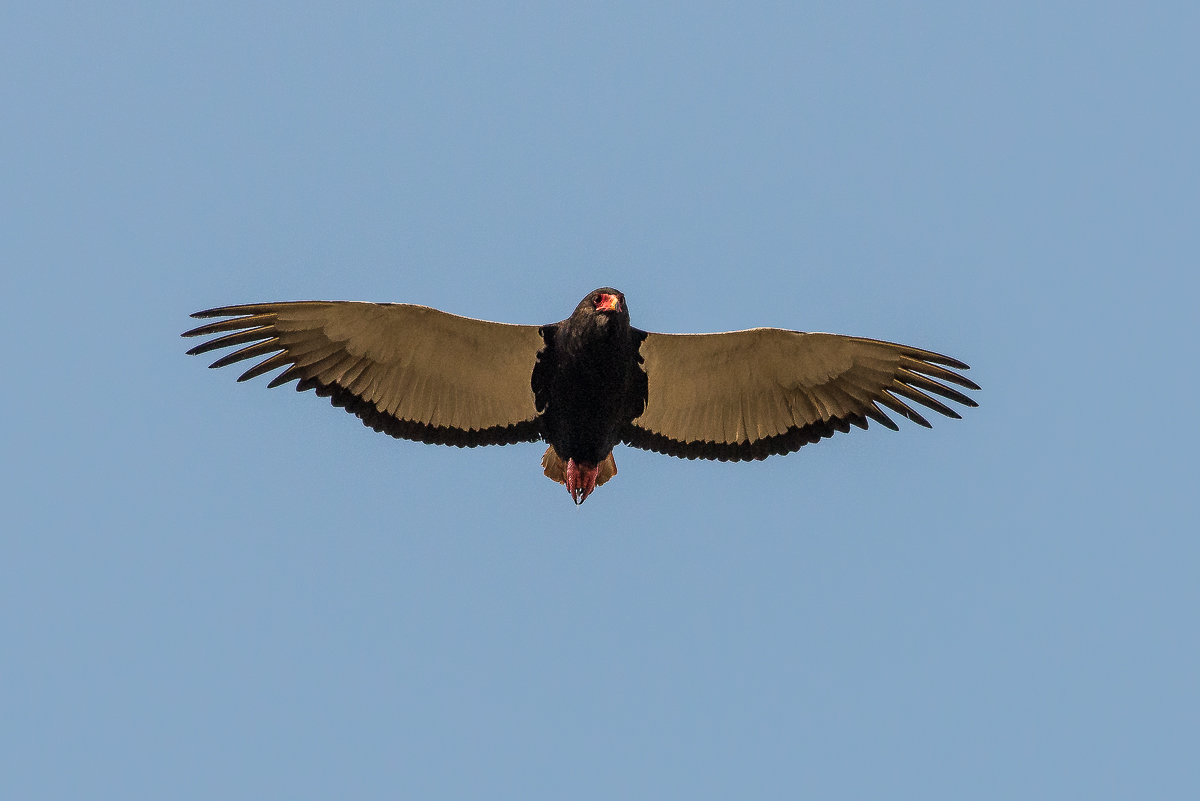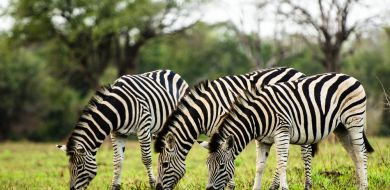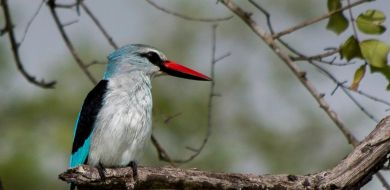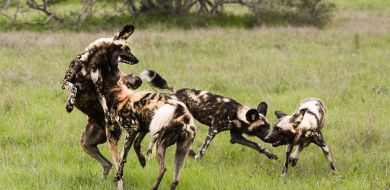Sabi Sabi Wild Facts: Soaring
on Dec 14, 2014The effortless soaring of birds is always intriguing to watch as they glide along with ease, either scanning the ground below for a meal or simply getting from point A to point B.
The way that birds achieve soaring is by taking advantage of the hot African sun. As the sun heats the ground, columns of warm air start to rise. These pockets of warm air are known as thermals.
Most large birds (eagles, vultures and storks) have short broad wings which allow them to generate lift and remain highly maneuverable at low speeds. Once in a thermal they will keep forward momentum by slowly gliding downwards but at a slower rate than the air rising around them, therefore gaining height. The birds will fly in tight circles to remain in the thermal. To cover distance, birds will fly from thermal to thermal. Flying between thermals results in a loss in altitude and on arrival at the new thermal, the altitude will have to be regained.

Birds also use soaring while migrating. This is an extremely energy efficient means of getting around and can use as little as 30% more energy than roosting or sitting on the nest.






